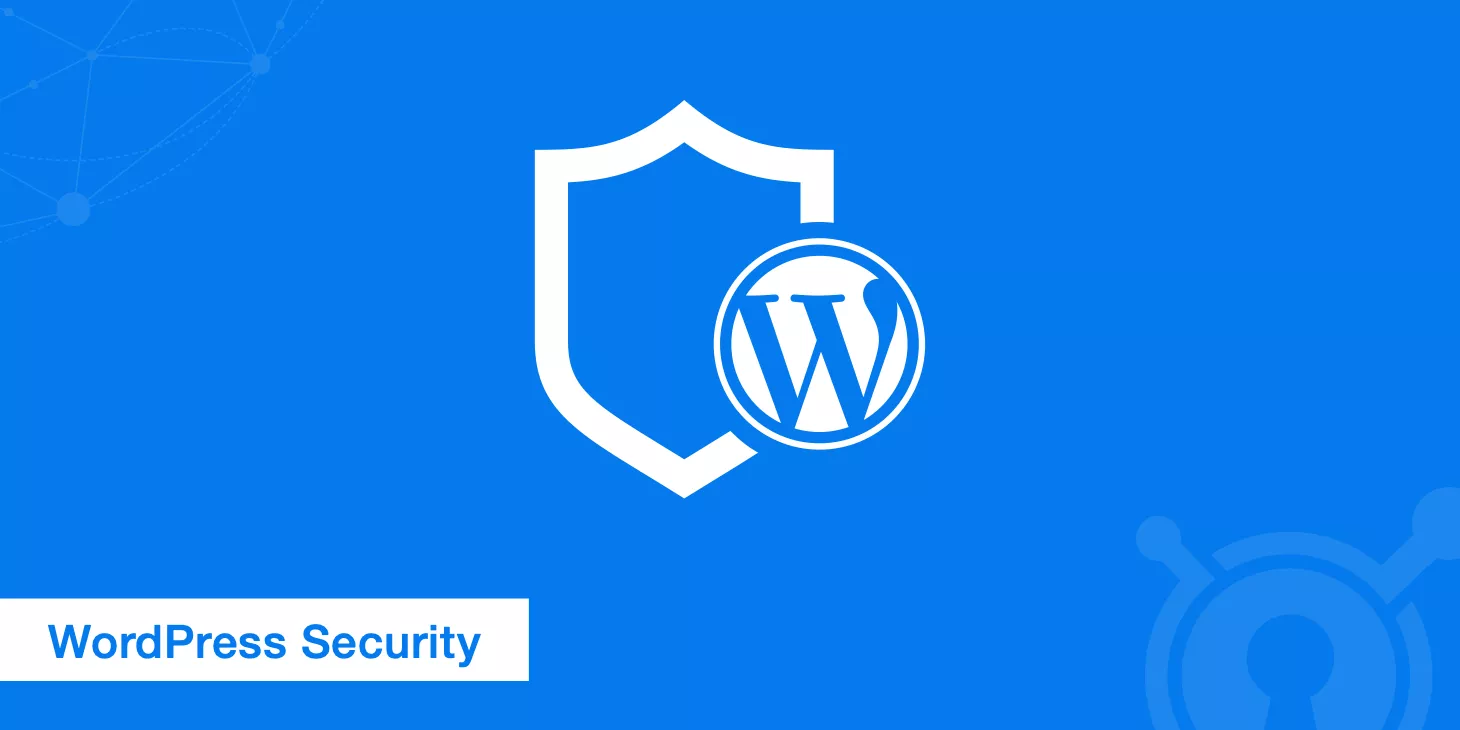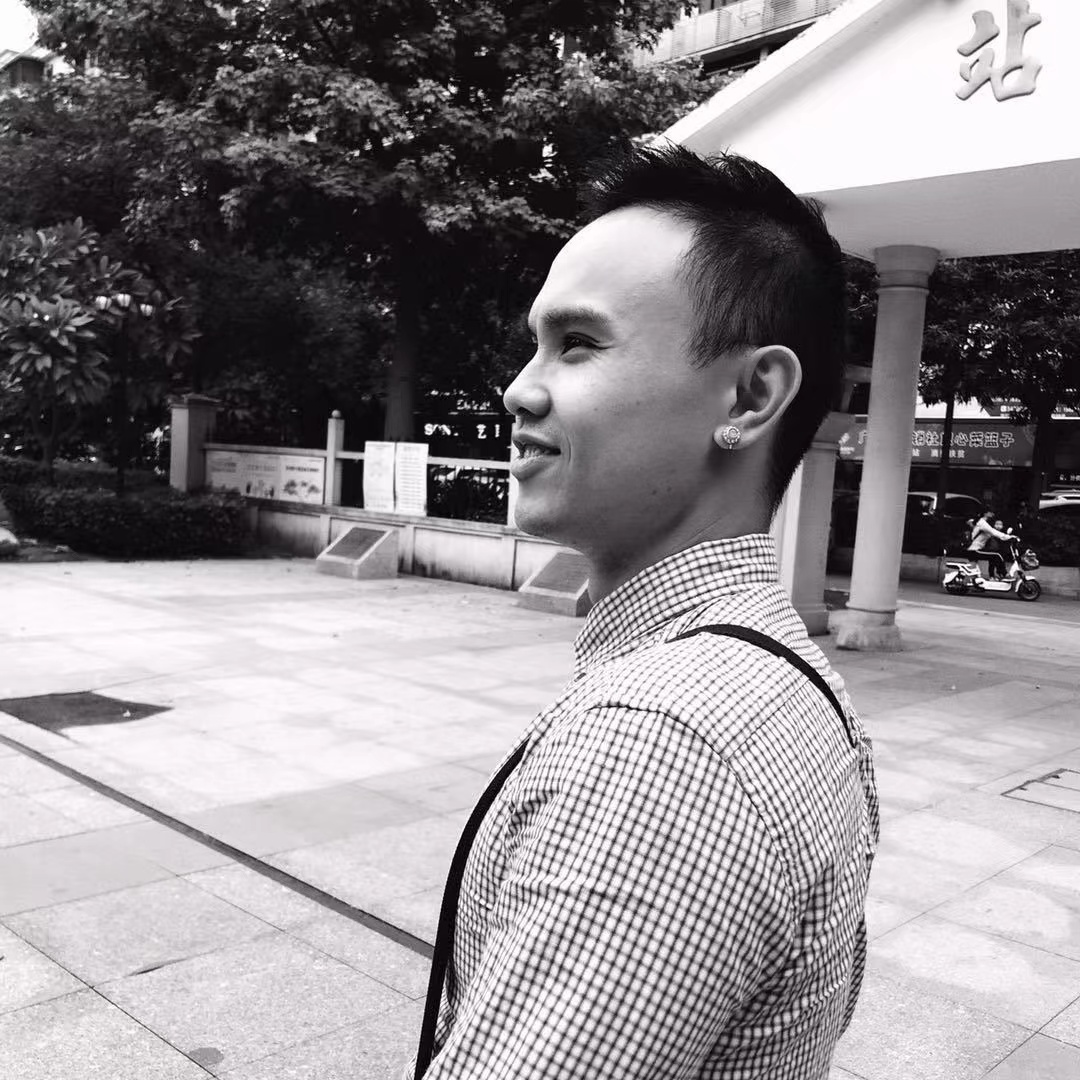Google clearly identifies “page load speed” and “user experience” as core ranking factors, but when the physical distance to the server is too far, domestic users often face loading delays of over 3 seconds, which can cause bounce rates to soar and crawling difficulties for bots.
However, blindly moving servers back to domestic locations brings new challenges like filing for ICP license and higher maintenance thresholds.
This article explains Google’s algorithm mechanism with real data — showing you that speed flaws aren’t a death sentence; the key is precise optimization.

Table of Contens
ToggleThe Core Logic Behind Google Rankings
The essence of Google ranking is a balancing act between “solving user needs” and “providing a great experience.”
Whether it’s technical speed, content value, or user behavior data, it all points to one goal: helping users quickly find the answers they want and want to stick around.
Speed is your ticket in, not a bonus
- The 3-Second Rule: Google’s official data shows that when a page takes over 3 seconds to load, 53% of users will leave right away (2022 mobile data). Even with great content, a high bounce rate can trigger ranking penalties.
- Core Web Vitals (Core Web Vitals): LCP (Largest Contentful Paint) ≤ 2.5s, FID (First Input Delay) ≤ 100ms, CLS (Cumulative Layout Shift) ≤ 0.1 — missing any of these puts a hard limit on your ranking.
- Case Study: A cross-border B2B site optimized its LCP from 4.2s to 2.1s, and its target keyword ranking jumped from page 9 to page 3 within a month.
User behavior decides life or death
- Bounce Rate > 70% = Danger Signal: Google anonymously tracks user dwell time via Chrome. If half of visitors stay less than 10 seconds, the page may be labeled as “low quality.”
- Hidden Weight of Secondary Click-Through Rate (CTR): If users quickly return to the search results after clicking your page and then click another link (Pogo-sticking), Google lowers your page ranking.
- Pro Tip: Add precise descriptions like “[2024 Tested]” or “Solution” in your Title Tag to boost users’ willingness to stay after clicking.
Controlling Crawl Budget
- Server Response Time > 1.2s = Crawl Frequency Halved: Googlebot has limited crawl budget per domain. Slow server responses prioritize crawling the homepage and may ignore long-tail pages.
- Redirect Pitfalls: Foreign servers often use 302 redirects for mobile adaptation, but Google prefers 301 permanent redirects. Misconfiguration can cause internal link equity loss.
- Solution: Use Log File Analyzer tools to monitor crawler logs and optimize server response times of high-value pages (keep under 800ms).
Actual Impact of Servers Inside vs Outside China
Domestic servers can deliver lightning-fast access within 100ms, but the ICP filing process and regulatory costs deter many webmasters.
Foreign servers skip the filing hassle but bring delays over 1 second for domestic users, which can cause Google rankings to drop by over 30%.
Speed Gap: Real-World Latency Comparison of Domestic and Foreign Servers
Advantages of Domestic Servers:
- Beijing users accessing Shanghai servers: average latency 80ms, full load time 1.2 seconds
- Using Alibaba Cloud/Tencent Cloud domestic nodes, LCP can be kept under 1.5 seconds
Disadvantages of Foreign Servers:
- Shanghai users accessing US West Coast servers: average latency 220ms, full load time 3.8 seconds (without optimization)
- South China users accessing Singapore nodes: latency about 120ms, load time 2.3 seconds (at the cost of slower speeds for some European and American users)
Tool Validation: Pingdom tests from the “Guangzhou node” show overseas servers typically score below 70 out of 100 on speed.
ICP Filing Cost vs. Speed Loss: Do the Math
Hidden Costs of Domestic Servers:
- Filing period: 15-20 working days (may require shutting down or blocking domestic access during this time)
- Compliance risk: cross-border business content without proper credentials may be forcibly shut down
SEO Costs of Foreign Servers:
- 1 second delay = 7% conversion drop, 12% bounce rate increase (Google 2023 e-commerce data)
- Case: An independent site moved to US servers and its domestic keyword ranking fell from page 2 to page 8 within 3 months
Compromise: Practical Effects of Hong Kong/Singapore Nodes
Hong Kong Server Real Data:
- Average domestic latency: 90-150ms (better on Telecom/Unicom than Mobile)
- Full load time: 1.8-2.5 seconds (requires CDN optimization)
- Best for: cross-border trade and pan-Asia-Pacific businesses without ICP filing requirements
Risk Warnings:
- Bandwidth prices in Hong Kong are 2-3 times higher than in the US (about $15/month for 1Mbps)
- Cross-border network fluctuations may occur during sensitive periods (like latency spikes over 300ms)
Google Crawler Perspective: Differences Between Domestic and Overseas Server Crawling
Risks of Domestic Servers:
- Google bot sends requests from the US, if there’s no ICP license or international bandwidth is not open, it may trigger a 403 Forbidden error
- Example: A licensed site was mistakenly blocked by the firewall from Googlebot, causing 50% of pages to not be indexed
Advantages of Overseas Servers:
- By default, global access is open, Googlebot crawl success rate >99%
- But you need to monitor the stability of “China-to-overseas” routes (e.g., CN2 GIA vs. regular BGP lines with 200ms latency difference)
Speed Optimization Without Changing Servers
Actually, 90% of speed issues can be solved without moving your server! Google’s ranking focuses on “user experience,” not just physical server location.
With light adjustments like CDN offloading, resource compression, and caching strategies, you can cut domestic users’ load times from 4 seconds to under 2 seconds.
CDN Acceleration: Bringing Static Resources Closer to Users
Free Options:
- Cloudflare China partnership nodes (requires binding an ICP licensed domain), caches CSS/JS/images on domestic CDN, reducing latency by 60%
- Use Upyun/Qiniu Cloud overseas acceleration (no ICP required), with 10GB free monthly traffic
Steps to Implement:
- Point your domain DNS to the CNAME provided by the CDN provider
- Set cache rules (e.g., cache images for 30 days, HTML for 2 hours)
- Enable “smart compression” (Gzip/Brotli)
Example: A WordPress site saw domestic LCP drop from 3.6s to 1.9s after adding Cloudflare China nodes
Resource Slimming: Cutting Out the “Invisible Killers” Slowing You Down
Image Optimization:
- Free tools: Squoosh (manual compression), ShortPixel (WordPress plugin to auto convert to WebP)
- Guidelines: Main image ≤100KB, other images ≤300KB, resolution matched to device (no need over 1920px)
Code Cleanup:
- Remove unused CSS/JS (use Chrome DevTools Coverage to find)
- Merge similar files: no more than 3 CSS and 2 JS files per page
Lazy Loading:
- Plugins: WP Rocket (WordPress), LazyLoad (standalone JS library)
- Rule: load above-the-fold content first, delay loading videos/comments/etc.
Caching Strategies: Make Repeat Visits Lightning Fast
Browser Cache Configuration:
Add this to your server’s .htaccess file:
ExpiresActive On
ExpiresByType image/jpg "access plus 1 month"
ExpiresByType text/css "access plus 1 week" Effect: 70% of resources won’t need to reload on repeat visits
Server-side Cache:
- Enable FastCGI cache in Nginx to create static copies of dynamic pages
- Use tools like BaoTa panel for one-click “static cache” with TTL set to 12 hours
Testing Tools:
Use GTmetrix Waterfall charts to spot uncached resources and optimize them
Protocol Upgrades: The Hidden Speed Boost of HTTP/2 and Preloading
Force Enable HTTP/2:
- Add
listen 443 ssl http2;to your Nginx config - Effect: parallel loading of multiple files under the same domain, cutting request time by 30%
Preloading Key Resources:
Insert in HTML head:
<link rel="preload" href="font.woff2" as="font">
<link rel="preload" href="main.css" as="style"> Tip: only preload essential above-the-fold resources to avoid wasting bandwidth
The “Soft Power” That Lowers Speed Impact
Google ranking isn’t just about tech metrics—even if users wait 0.5 seconds longer to load, if they immediately find answers and engage deeply, your ranking can actually improve.
Above-the-Fold Content: Grab Users’ Attention in 0.1 Seconds
Key Information Up Front:
- Prioritize outputting titles, opening paragraphs, and key charts in HTML code (to avoid blocking rendering by CSS/JS)
- Use tools to test: Use Chrome’s “Coverage” feature to ensure above-the-fold resources ≤ 500KB
Visual Guidance Design:
- Show progress bars or skeleton screens during loading wait times, reducing bounce rates by 53% (A/B test data)
- Example: A tool website added a “3-step solution” guide box on the first screen, increasing average user time from 40 seconds to 90 seconds
Structured Data: Help Google Quickly Understand Your Content
Required Markup Types:
- FAQ markup: Directly capture Google search result rich snippets (SERP Features)
- Article markup: Clearly mark publish date, author, keywords to boost timely content weight
Practical Tools:
- Add JSON-LD code using Google’s structured data markup generator
- Monitor coverage via the Search Console “Enhancements” report, ensuring over 90% of pages are recognized
Internal Link Layout: Use Fast Pages to Boost Slow Pages
Weight Transmission Principles:
- Insert 3-5 internal anchor text links pointing to product/service pages on fast-loading pages (like blog index pages)
- Prefer anchor texts containing keywords (e.g., “server optimization solutions” instead of “click here”)
Avoid Pitfalls:
- Limit internal links to no more than 10 per page (to avoid being flagged as “over-optimization”)
- Avoid stuffing irrelevant internal links in footers/sidebars (which dilutes link equity efficiency)
User Interaction: Use “Engagement” to Offset “Speed Scores”
Comment Section Optimization:
- Add a “One-Click Question” button at the article bottom (non-popup style) to boost user interaction rates
- Regularly reply to comments and pin high-quality UGC (User-Generated Content) to extend page dwell time
Embedding Interactive Tools:
Add interactive elements after loading completes (like quizzes, polls) to reduce users’ sensitivity to speed
Example: A travel site added a “trip calculator” and despite an LCP of 2.8 seconds, page views increased by 120%
Google’s algorithm always chases the “balance point of user satisfaction.”
As long as your page meets needs without letting wait times exceed user tolerance (usually 3 seconds), the server location no longer determines ranking.





